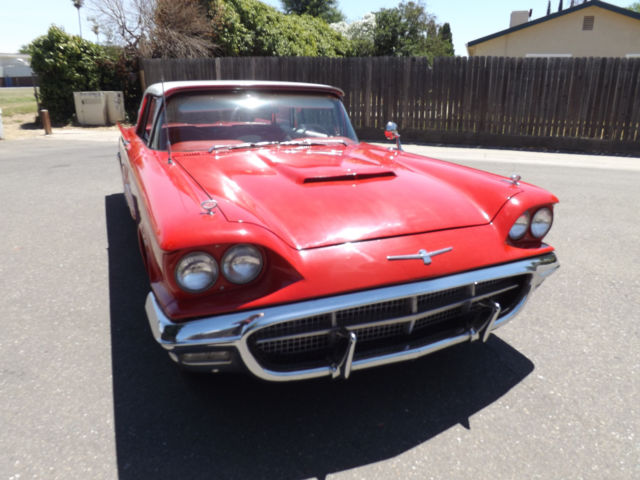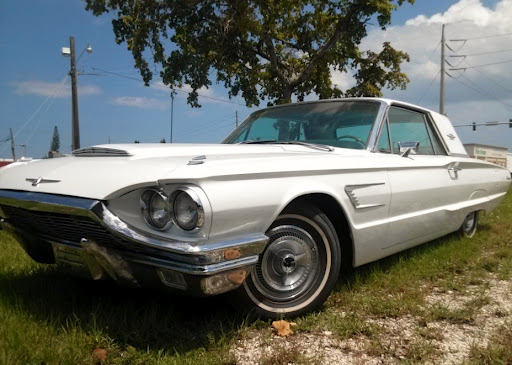

The rest of the industry seemed to follow these trends. by 1955.Īs the 1950s progressed, both Harley Earl and Chrysler’s Virgil Exner led a trend of sharpened lines, a thinning of the greenhouse and an ever upward trajectory of the tailfin that came to typify the American car of the late 1950s. However, the Ford Motor Company never rolled over and played dead, making at least occasional forays into design leadership with cars like the prow-nosed 1936 Lincoln Zephyr (and its low-grille 1938 second act) and the 1949 Ford that led the way to the slab sided, square-cornered design that would be a nearly universal look in the U.S.

General Motors is commonly given credit for being the styling leader for the entire industry, going back to the 1920s formation of its Art & Colour department under the leadership of a young Harley Earl.

Let’s just say that this was a groundbreaking and influential car. There is no need to into the squarebird’s backstory again, as Paul Niedermeyer covered this ground so ably and eloquently here. This car had an air of mystery about it, which is fitting because for its entire history, the Thunderbird has always had some mystery as part of its aura. Sort of like an elegantly dressed lady who has somehow found herself in a low class bar. Instead, it was on a quiet neighborhood street, looking just a little rough around the edges. Aren’t there a couple of these at every car show? But I didn’t find this one at a car show. Another restored squarebird convertible in resale red.


 0 kommentar(er)
0 kommentar(er)
